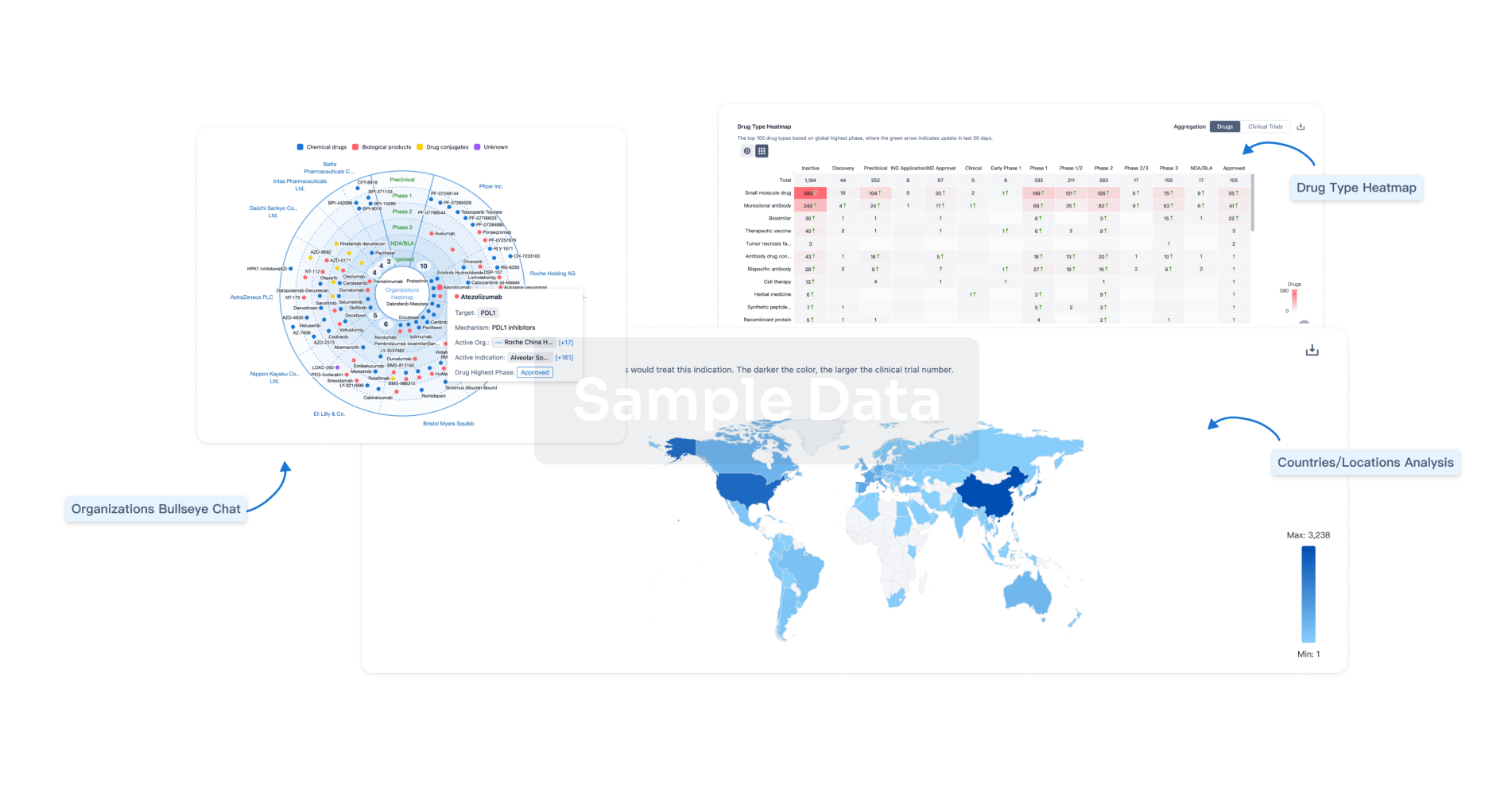Request Demo
Last update 08 May 2025
Mild depression
Last update 08 May 2025
Basic Info
Synonyms Depression, mild, Mild depression, Mild depression (diagnosis) + [3] |
Introduction- |
Related
4
Drugs associated with Mild depressionTarget |
Mechanism DRDs modulators |
Active Org. |
Originator Org. |
Active Indication |
Inactive Indication |
Drug Highest PhaseApproved |
First Approval Ctry. / Loc. United States |
First Approval Date27 Jan 1975 |
Mechanism 5-HT1A receptor antagonists [+3] |
Active Org. |
Originator Org.- |
Active Indication |
Drug Highest PhasePhase 3 |
First Approval Ctry. / Loc.- |
First Approval Date20 Jan 1800 |
Target- |
Mechanism- |
Active Indication |
Inactive Indication- |
Drug Highest PhasePhase 3 |
First Approval Ctry. / Loc.- |
First Approval Date20 Jan 1800 |
70
Clinical Trials associated with Mild depressionNCT06336538
Community Engagement in the Development of an Abbreviated Mindfulness-Based Cognitive Therapy Intervention for Depression in Older African American/Black Breast Cancer Survivors (Community Minds)
The purpose of this research study is to develop and test an intervention designed to improve mood and reduce symptoms of depression.
Start Date01 May 2025 |
Sponsor / Collaborator |
NCT06751784
Randomized Placebo-controlled Phase II Cross-over Study on the Influence of Fampridine on Working Memory in Mild Depression
Cognitive deficits, including working memory deficits, are often present in depression and there are currently no effective pharmacological treatments targeting working memory deficits. Papassotiropoulos et al. (2024) has recently demonstrated that fampridine, a potassium channel blocker, can enhance working memory in healthy individuals with lower baseline performance, suggesting it may hold potential for addressing cognitive deficits in clinical populations. The primary aim of this study is to evaluate whether fampridine improves working memory performance in mild depression
Start Date01 Apr 2025 |
Sponsor / Collaborator  University of Basel University of Basel [+1] |
NCT06809907
Kintsugi Voice Device SCID-5 Pivotal Study
A prospective, single arm, non-randomized, pivotal clinical validation study to evaluate the ability of the Kintsugi Voice Device (the Device) to aid clinical assessment for depression by comparing its output with a diagnosis made by a clinician using the Structured Clinical Interview for DSM-5 (SCID-5-RV) for up to 1000 English speaking adult patients ages 22 and older living in the United States. Recruitment will occur for 1 year and participation will be for up to 2 weeks
Start Date27 Mar 2025 |
Sponsor / Collaborator- |
100 Clinical Results associated with Mild depression
Login to view more data
100 Translational Medicine associated with Mild depression
Login to view more data
0 Patents (Medical) associated with Mild depression
Login to view more data
345
Literatures (Medical) associated with Mild depression01 Mar 2025·Journal of Affective Disorders
Heart rate variability in subthreshold depression and major depressive disorder
Article
Author: Zhang, Jingbo ; Huang, Zetao ; Yin, Lina ; Zhou, Meihong ; Li, Qiang ; Tan, Yinliang ; Tian, Ju ; Liu, Baohua ; Wang, Jiuju ; Wang, Yuxin ; Song, Yanping ; Dong, Wentian ; Li, Ying ; Quan, Wenxiang
01 Jan 2025·Journal of Affective Disorders
Interactions between mild depressive symptoms and amyloid pathology on the trajectory of neurodegeneration, cognitive decline, and risk of Alzheimer's disease
Article
Author: Tan, Chen-Chen ; Xu, Wei ; Zhang, Xiao-Hui ; Zheng, Ya-Wen ; Gong, Jun-Nan ; Tan, Lan ; Ma, Xiao
22 Dec 2024·Neuro endocrinology letters
First-episode mild depression in young adults is a pre-proatherogenic condition even in the absence of subclinical metabolic syndrome: lowered lecithin-cholesterol acyltransferase as a key factor.
Article
Author: Vasupanrajit, Asara ; Tunvirachaisakul, Chavit ; Jirakran, Ketsupar ; Maes, Michael ; Zhou, Bo ; Almulla, Abbas F
Analysis
Perform a panoramic analysis of this field.
login
or

AI Agents Built for Biopharma Breakthroughs
Accelerate discovery. Empower decisions. Transform outcomes.
Get started for free today!
Accelerate Strategic R&D decision making with Synapse, PatSnap’s AI-powered Connected Innovation Intelligence Platform Built for Life Sciences Professionals.
Start your data trial now!
Synapse data is also accessible to external entities via APIs or data packages. Empower better decisions with the latest in pharmaceutical intelligence.
Bio
Bio Sequences Search & Analysis
Sign up for free
Chemical
Chemical Structures Search & Analysis
Sign up for free




